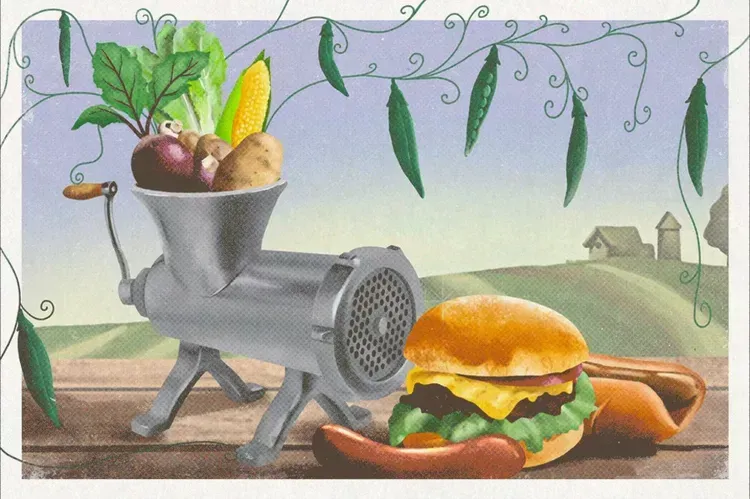July is National Blueberry Month
HISTORY OF NATIONAL BLUEBERRY MONTH
https://nationaltoday.com
Blueberries have been consumed for a very long time — more than 13,000 years, according to some reports — but the Native Americans were the first to recognize the versatility of this fruit. They used blueberries for medicinal purposes and as a natural flavoring agent.
The Native Americans were using wild blueberries, which have been around for an incredibly long time, but the ones we eat are different. The blueberries we get in the supermarket are the result of one person’s long commitment to cultivating blueberries. Elizabeth White, the daughter of cranberry farmers in New Jersey, wanted to expand her family’s business with other crops, particularly blueberries. While studying at Drexel University in Philadelphia, her main interest centered around figuring out how to grow the best blueberries. She eventually partnered with botanist Frederick Coville to cultivate blueberries at her farm. Before these efforts, blueberries could not be grown on any farm — the only way to have them fresh was to pick them in the wild. Now, blueberries are available in 35 U.S. states and some other regions around the world. British Columbia is the largest blueberry growing region in the world, with Canada coming in third behind the U.S. and Chile.
For many years, the National American Blueberry Council wanted to have July as National Blueberry Month. Eventually, the United States Department of Agriculture officially recognized this month, and it has been celebrated ever since. The body content of your post goes here.
Elizabeth White Notices Blueberries in 1893
After harvesting cranberries, Elizabeth White decides to experiment with blueberries on her family farm
A Partnership that Changes Everything in 1911
Elizabeth White and USDA botanist Frederick Coville become partners after she reads his publication, ‘Experiments in Blueberries’ — they work together on her family farm.
First Blueberry Crops in 1912
Elizabeth White and Frederick Coville successfully grow blueberries on her farm
First Commercial Blueberry Crop Sold in 1916
Elizabeth White and Frederick Coville's team harvests and sells its first commercial crop of blueberries.
Blueberries Go to England in 1930's
Highbush varieties of this fruit are introduced in Europe.
Elizabeth White Gets Her Due in 1932
New Jersey awards Elizabeth White for her outstanding contributions to agriculture.
Blueberry Cultivation Spreads from 1942-1962
Blueberry cultivation spreads around America, appearing in 13 U.S. states.
Our Day is Official in 2003
The United States Department of Agriculture officially declares July as National Blueberry Month
Blueberries are Healthy for the Heart in 2019
The American Heart Association launches the Heart-Check Food Certification Program to help shoppers identify heart-healthy foods — blueberries are certified as one such food.
Blueberry Emojis! 2020
Smartphones around the world are introduced to the blueberry emoji.
You might also like
Jaynie Norman


